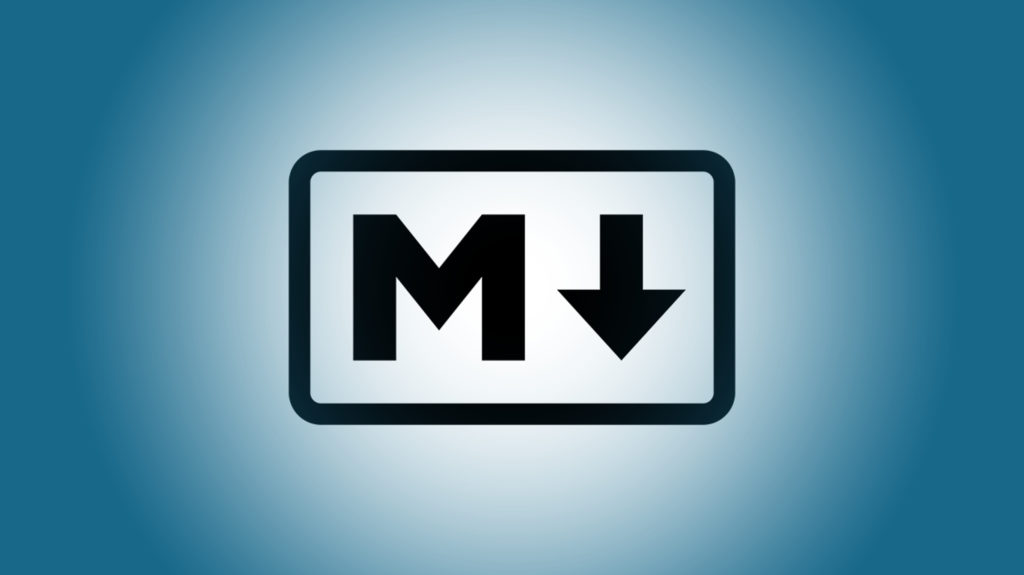Have you ever written a document or a blog post and struggled with formatting? Do you find it challenging to make your writing look good and organized? If so, then Markdown may be the solution for you. Markdown is a simple markup language that allows you to format text without using complicated HTML tags. In this post, we will discuss the basics of Markdown and how to get started with it.
It is widely used in the tech industry, especially in software development, but it can be useful for anyone who wants to create formatted documents in a simple and efficient way. Getting started with Markdown is easy, and it can quickly become a valuable tool in your writing and documentation workflow.
What is Markdown?
Markdown was created in 2004 by John Gruber as a way to write in an easy-to-read and easy-to-write format. It is widely used by bloggers, writers, and even programmers to create content that looks good and is easy to read. The markdown can be used for creating anything from simple text documents to complex websites.
Markdown is easy to learn and use, and you don’t need any special software to get started. You can use any text editor or even a simple online editor to create Markdown documents. So, let’s get started and learn the basics of Markdown.
Related: Related: How to Lock a Document on Microsoft Word
Basic Syntax
The basic syntax of Markdown is very simple. Markdown uses symbols to format text. For example, to make the text bold, you can use two asterisks before and after the text. Similarly, to create a heading, use one or more hash symbols before the text.
I will be using an online free editor(Dillinger). Here are some basic Markdown syntax examples:
Bold Text: To make text bold, use two asterisks before and after the text. For example,
**this text will be bold**.
Output:

Italic Text: To make the text italic, use one asterisk before and after the text. For example,
*this text will be italic*
Output

Headings: Create headings by using one or more hash symbols before the text. For example,
# This is a Heading 1 #, ## This is a Heading 2 ##, ### This is a Heading 3 ###.
Output

These are just a few examples of the basic syntax of Markdown. The best way to learn Markdown is to start using it and experiment with different syntaxes.
Getting Started with Markdown
Now that you understand the basics of Markdown, it’s time to get started. The first thing you need is a text editor. You can use any text editor to create Markdown documents (.md), but some text editors have built-in support for Markdown. Here are some popular text editors that support Markdown:
- Atom
- Sublime Text
- Visual Studio Code
If you don’t want to install a text editor, you can use an online Markdown editor such as Dillinger or StackEdit.
Once you have a text editor, create a new file and save it with a .md extension. This extension tells the text editor that it is a Markdown file. Now, you can start writing in Markdown syntax. Once you are done, save the file and convert it to HTML using a Markdown converter.
There are many Markdown converters available that can convert your Markdown document into HTML. Some popular Markdown converters are:
- Code Beautify
- LambdaTest
- Markdown Here
Simply copy and paste your Markdown document into the converter, and it will convert it to HTML for you.
Related: How to Use Microsoft Word, Excel, and PowerPoint for Free 2023
Why use Markdown?
Markdown has become popular for several reasons:
- Simplicity: Markdown’s syntax is straightforward and easy to learn, with a minimalistic approach that focuses on simplicity and readability. It requires minimal effort to create formatted documents without the need for complex markup or formatting commands.
- Portability: Markdown files are plain text files, which means they can be easily opened, edited, and shared across different devices and platforms without the need for proprietary software. Markdown files can be converted into various formats, such as HTML, PDF, or Word, making them highly portable and versatile.
- Efficiency: Markdown allows writers to focus on content creation without getting distracted by complex formatting tools or options. It enables fast and efficient writing by utilizing the simple and intuitive syntax for formatting elements.
- Flexibility: Markdown supports a wide range of formatting elements, from basic text formattings like headings and lists to more advanced features like tables, images, and code blocks. It can be used for various types of documents, from simple notes to complex documentation.
We shall be updating you with some of the online Markdown advanced commands and editors to try.
Conclusion
Markdown is a simple and easy-to-learn markup language that can help you create beautiful and organized documents. With its simple syntax, you can quickly format text, and create lists, tables, links, and images. Whether you are a blogger, writer, or programmer, Markdown can help you create better content. So, start using Markdown today and see how it can improve your writing!
Discover more from Dignited
Subscribe to get the latest posts sent to your email.












